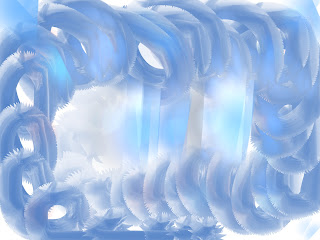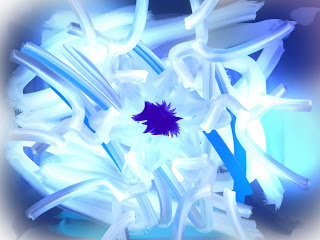Observe corporate culture - the collective mindset, is it positive and innovative, or the opposite is true? Observe how things get done in the organization, observe how people are doing when the managers are not around; observe how decisions are made across the organizational hierarchy. Observe how ideas are generated; observe the processes that are used to implement ideas. Observe, observe more, through your cool head and sharp eyes; clarify the relationships interwoven surrounding the system- either people or organizations, discover patterns or hidden clues, connect more dots to generate fresh ideas.
Innovation & Learning agility: With the exponential growth of information and shortened knowledge lifecycle, a learning organization is more comfortable with complexity, ambiguity, paradoxes, and fierce competition. In fact, learning agility at both individual and business level is a critical capability and culture shift, it will directly impact the level of innovation maturity and the speed of digital transformation. From a workforce management perspective, growth mindset and learning agility are not “nice to have,” but must have digital professional quality to build an innovative organization.
You simply can't resolve the 21st-century problems with the mindsets shaped half-century ago or the outdated information or knowledge. The emerging digital technologies such as social platform provide a flexible way to learn, share, collaborate and innovate. All humans have an insatiable curiosity that leads us to learn, learning further nurtures creativity because what you learn selectively further stimulates your imagination. Developing people’s innovative mindset and business innovation competency raise awareness about different "learning" issues that organizations must deal with smoothly. It is important to cultivate a learning culture to develop a creative workforce and build a highly-innovative organization.
The optionality is preferably with open-ended, not closed-ended, payoffs, encouraging fresh perspectives and renewing innovation. Innovation has high return and high risk. Antifragility implies self-healing, going beyond resilience or robustness. The resilience resists shocks and stays the same; antifragility gets better, antifragility loves randomness and uncertainty, which means crucially, a love of errors, allowing organizations to deal with the unknown, taking innovation adventure with the right dose of risk appetite. Organizations with antifragility invest in their people, encouraging risk-taking and nurture a culture of innovation.
There is no magic formula to cultivating a high-innovative and high-professional digital workforce as well. Innovation management needs to lay out different thinking, structures, and best practices, connect more meaningful dots to allow business to develop into its potential in which organizations are combining all that is available to them in imaginative or advantageous ways to keep generating fresh ideas, reinventing and renewing themselves smoothly.



































































